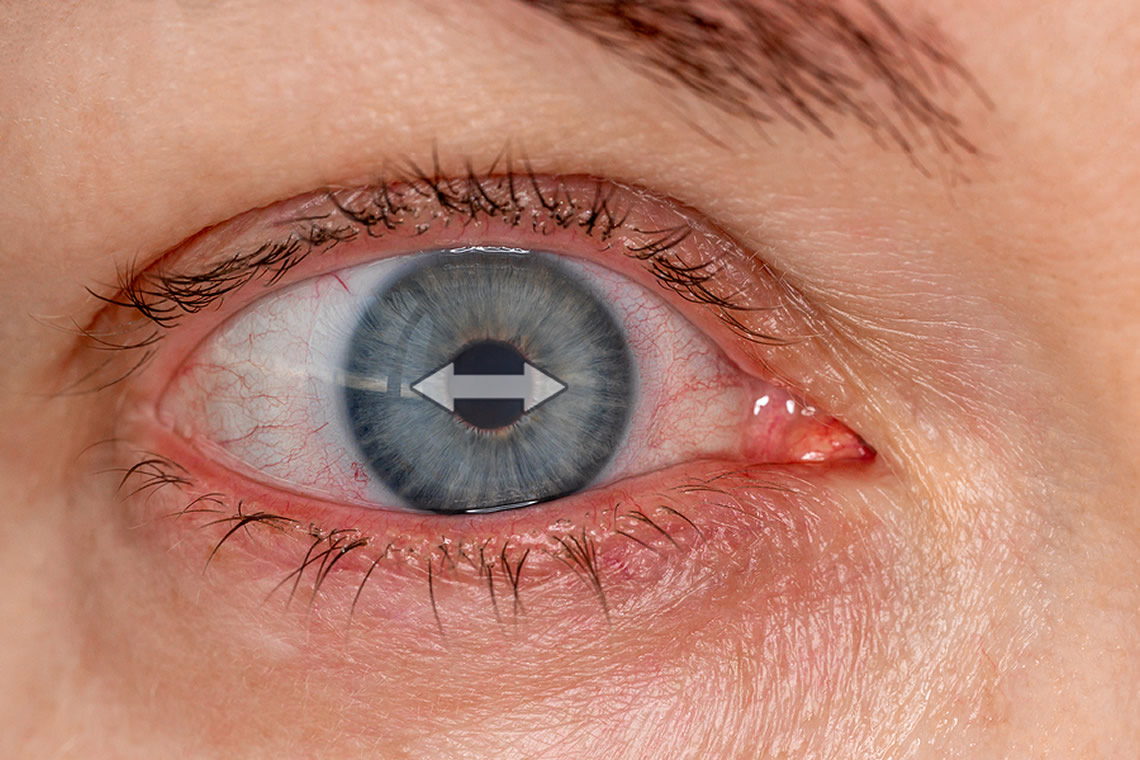 Nystagmus: Involuntary Eye Movements
Nystagmus: Involuntary Eye MovementsNystagmus refers to rapid, involuntary movements of the eyes, typically in a back-and-forth or rotary motion. These movements can be horizontal, vertical, or rotational, and may occur in one or both eyes.
Causes of Nystagmus
The causes of nystagmus are diverse and can include:
Congenital causes: Some people are born with nystagmus. This type is often due to neurological problems or developmental eye disorders.
Acquired causes: Nystagmus can develop later in life as a result of diseases, injuries, or neurological disorders. Common causes include:
Brain disorders: Such as multiple sclerosis, brain tumors, or stroke
Vision disorders: Like cataracts, corneal problems, or eye muscle disorders
Medications: Certain medications may cause nystagmus as a side effect
Infections: Infections of the brain or central nervous system
Head trauma: Severe head injuries can cause nystagmus
Types of Nystagmus
Nystagmus is classified into several types based on the direction of eye movement, speed, and pattern. Some common types include:
Physiological nystagmus: This type occurs in certain situations, such as staring at a fixed point for a long time or looking up or down, and is usually normal.
Pathological nystagmus: This type is caused by an underlying disease or disorder and is usually permanent.
Symptoms of Nystagmus
The main symptoms of nystagmus include:
Rapid, involuntary eye movements: These movements may be subtle or severe.
Blurred vision: Due to the constant movement of the eyes, individuals may have difficulty focusing on a single point and experience blurred vision.
Dizziness: Some people with nystagmus may experience dizziness or imbalance.
Difficulty tracking moving objects: Due to involuntary eye movements, individuals may struggle to follow moving objects.
Diagnosis of Nystagmus
To diagnose nystagmus, an eye specialist will use various methods, such as examining eye movements, assessing visual fields, and performing imaging tests like MRI or CT scans to determine the underlying cause.
Treatment of Nystagmus
Treatment for nystagmus depends on the underlying cause. In some cases, treating the underlying condition can improve or reduce symptoms. In cases where the underlying cause cannot be treated, supportive therapies such as special glasses or surgery may be used to improve vision and reduce symptoms.

 Nystagmus: Involuntary Eye Movements
Nystagmus: Involuntary Eye Movements
comment